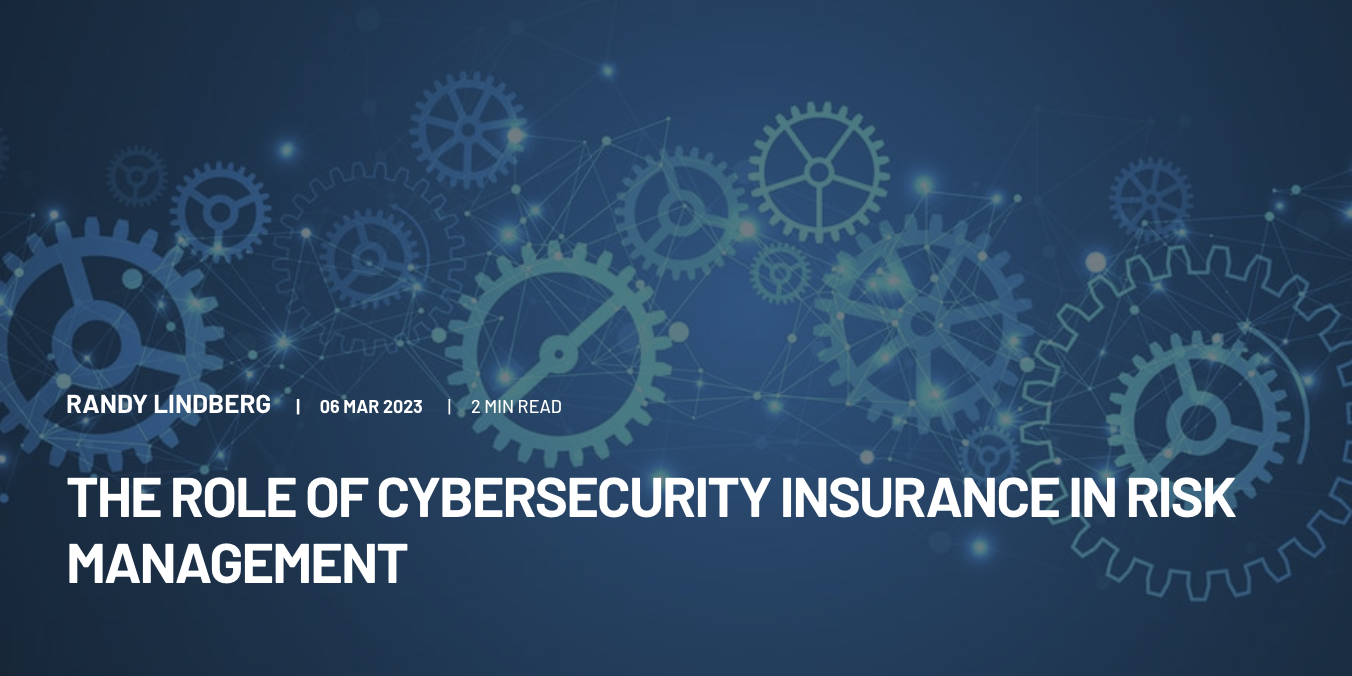ASSESSING CYBER INSURANCE FOR BANKS AND CREDIT UNIONS
Here are the key takeaways from this blog: Cyber insurance offers financial protection after a breach, especially for smaller institutions often...

Here are the key takeaways from this blog:
Kickstart your AI policy with our template, built on the latest best practices
What is Cybersecurity Insurance?
Cybersecurity insurance, also known as cyber liability insurance or cyber insurance, is a type of insurance that covers businesses against losses resulting from cyber attacks or data breaches. Cybersecurity insurance policies can cover various costs, including but not limited to legal fees, notification expenses, investigation costs, and the cost of recovering or restoring data or systems.
The Role of Cybersecurity Insurance in Risk Management
Cybersecurity insurance plays a crucial role in risk management, as it helps businesses prepare for and respond to the financial costs of a cybersecurity incident. Here are some of the ways that cybersecurity insurance can help manage risk:
Transfer of Risk: Cybersecurity insurance helps transfer the financial risk of a cyber attack to an insurance company. This means that businesses can transfer some of the financial costs of a cybersecurity incident to their insurer.
Mitigation of Financial Loss: In the event of a cybersecurity incident, a cybersecurity insurance policy can help mitigate the financial losses associated with the incident. For example, the policy may cover the costs of business interruption, legal fees, and regulatory fines.
Incident Response: A cybersecurity insurance policy can also provide businesses with access to incident response services. These services can help businesses respond to a cyber attack or data breach effectively, minimizing the impact of the incident and reducing the potential financial losses.
Improved Risk Management: By obtaining cybersecurity insurance, businesses are also incentivized to improve their cybersecurity practices. Insurers may require businesses to implement specific cybersecurity controls to qualify for coverage. This, in turn, can help businesses improve their overall risk management posture.
How Rivial Can Help
We recently onboarded a new client who was very stressed about their cybersecurity insurance coverage. They had just been told that in order to continue coverage they had to implement 15 controls.
Rivial to the rescue. We quickly and easily imported these items into the Rivial Platform in our compliance module under their own framework, mapped the evidence items to them, and assigned the evidence items out to the team. The team uploaded the required evidence items, and we were able to show their compliance to the insurance company within a week along with the proof and no additional effort.
It was that easy in the Rivial Platform.
Conclusion
Cybersecurity insurance is an essential component of an organization's risk management strategy. It helps businesses prepare for and respond to the financial costs of a cybersecurity incident, thereby reducing the overall impact of an attack. While cybersecurity insurance cannot prevent a cyber attack, it can provide financial protection and support in the event of an incident. Businesses should work with their insurance provider and cybersecurity experts to identify the appropriate level of coverage and implement best practices to mitigate their cybersecurity risks.
Do you need a cybersecurity expert in your corner? Contact us!
Kickstart your AI policy with our template, built on the latest best practices

Here are the key takeaways from this blog: Cyber insurance offers financial protection after a breach, especially for smaller institutions often...

1 min read
Here are the key takeaways from this blog: 2023 Was a Wake-Up Call: High-profile breaches across major industries—including Norton, T-Mobile, MGM,...

1 min read
Here are key takeaways from the blog: Credential and Ransomware Attacks Dominate: Financial institutions face increasing threats from stolen...